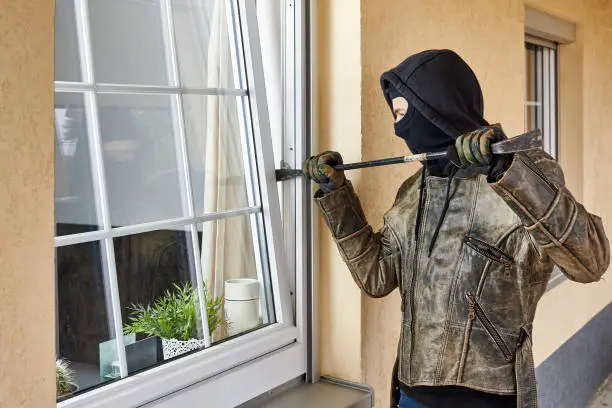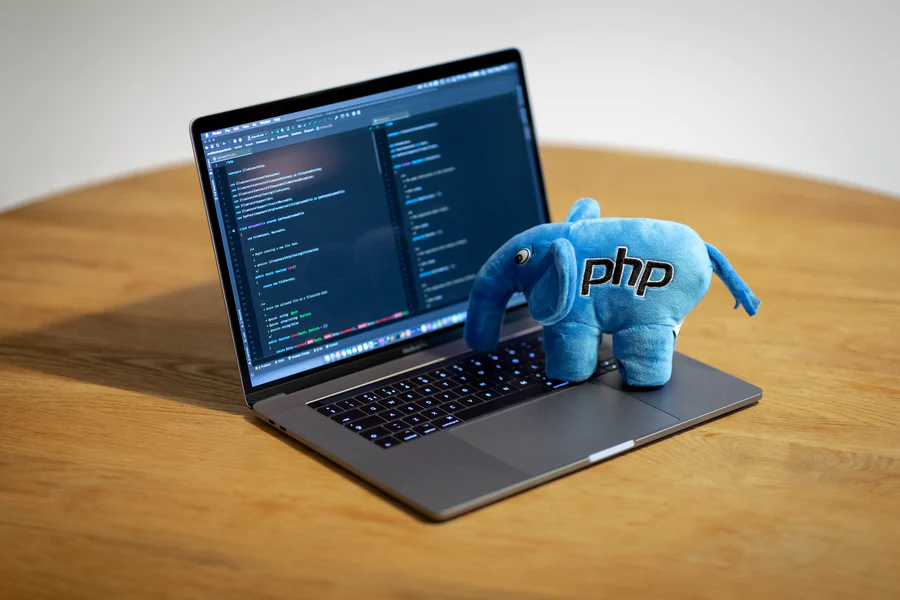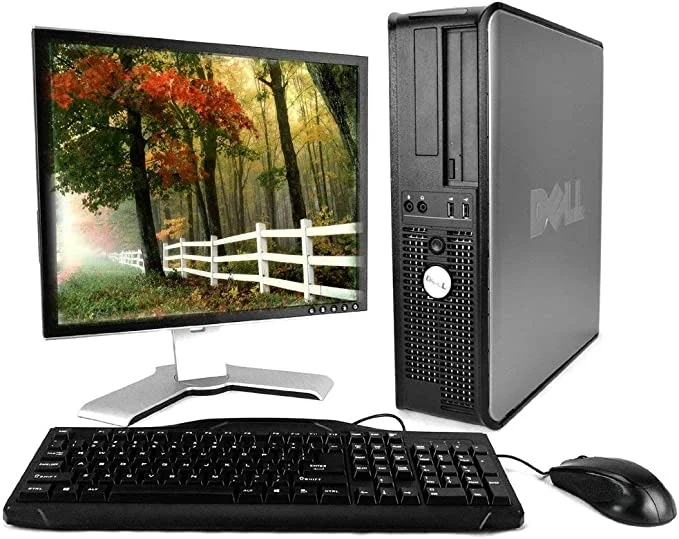
The deadbolt on your front door right now likely serves its purpose. It locks, it unlocks and keeps out any unwanted guests. And that’s enough. However, if you’re tired of leaving keys under your mat (like everyone else), or you don’t want multiple keys floating around, a smart lock might be the answer.
Smart locks won’t necessarily make your home any safer, but they allow for more control. You can lock and unlock your door from anywhere and extend digital “keys” to friends, family, caregivers or anyone else who regularly visits your home.
Sure, you can still use a regular ol’ key to open a smart-lock-equipped door (or most of them, anyhow), but don’t be too quick to discount the convenience of connectivity especially when your hands are full of grocery bags, squirming tiny humans or anything else that makes it tough to rummage around for your keys. And when you crawl into bed, only to second guess whether you locked the door or not, you won’t need to throw on a bathrobe and stumble to the front door. You can just pick up your phone and check the lock status.
That said, not all smart locks are the same. There are keyless options, Bluetooth options, locks that use your fingerprint, locks that fit on your existing deadbolt and complete deadbolt replacement locks. It can be tricky to navigate if you’re new to smart home tech. Here’s a look at today’s smart lock options, what you need to know before buying one, and how to choose the right lock for your home.
After reading this post why not checkout the Smart Locks offered on this Website
Smart Locks
This is a small sample of Smart Locks. For the complete catalog click the Smart Locks menu under Home Security.
-
Sale!

Keypad Smart Door Lock with Handle: Kucacci Keyless Entry Door Lock – Smart Lock for Front Door – Electronic Door Lock for Exterior Door – Wifi Door Lock with APP – Retrofit Knob Deadbolt Lock(Silver)
Original price was: $129.99.$79.99Current price is: $79.99. Learn More -
Sale!

Front Door Lock Set, Fingerprint Keyless Entry Door Lock with Handle, Smart Deadbolt with App, Auto Lock & 1 Touch Locking, Easy Installation
Original price was: $149.99.$87.99Current price is: $87.99. Learn More -

Veise Keyless Entry Door Lock with 2 Lever Handles – Electronic Keypad Deadbolt, Auto Lock, Back Lit & Easy Installation Design, Front Door Handle Sets,Matte Black
$89.99 Learn More
Should you keep or replace your existing deadbolt?
With some smart locks, you can hang on to the deadbolt that you already have. They’re typically described as “retrofit” options, and they can be great for renters or anyone not wanting to change keys.
Models like the August Wi-Fi Smart Lock, Kwikset Kevo Convert and Sesame Smart Lock are designed specifically to clamp in place over top of your existing deadbolt hardware. All three work with a lot of standard deadbolt brands. In August’s case, the compatibility ranges from Arrow Hardware and Baldwin to Defiant, Kwikset, Schlage and many more. (Here’s August’s and Kwikset’s deadlock compatibility charts for more details.)
With these retrofit setups, you get to keep the hardware already defending your door and add a layer of connectivity over top of it. This also means you get to keep your physical keys. Retrofit smart locks are the simplest way to add connectivity to your door without replacing your entire deadbolt system.
The other option is to replace your existing deadbolt altogether. The majority of smart locks take this approach, including the Schlage Sense Bluetooth Deadbolt, the Kwikset Kevo and the Yale Assure SL Touchscreen Deadbolt. There’s even an “invisible” smart lock called Level Lock, that is just a deadbolt replacement, so you can keep your existing hardware.
Locks like these will take a little more time and effort to install, but it’s definitely doable for a novice DIYer. Since most locks are entire deadbolt replacements, you’re going to have significantly more options if you go this route. Similar to the retrofit versions, you just need a screwdriver and about 20 minutes. Just remember to make sure that your door is smart-lock compatible before buying in.
Another tip: Snap a picture of your existing setup before you begin, so you can reverse the install if you run into any unexpected issues with the new smart lock. A new deadbolt may mean a new set of keys (unless you choose a keyless model), so everyone in your family who wants a physical key will need a copy of the new one.
With these retrofit setups, you get to keep the hardware already defending your door and add a layer of connectivity over top of it. This also means you get to keep your physical keys. Retrofit smart locks are the simplest way to add connectivity to your door without replacing your entire deadbolt system.
The other option is to replace your existing deadbolt altogether. The majority of smart locks take this approach, including the Schlage Sense Bluetooth Deadbolt, the Kwikset Kevo and the Yale Assure SL Touchscreen Deadbolt. There’s even an “invisible” smart lock called Level Lock, that is just a deadbolt replacement, so you can keep your existing hardware.
Locks like these will take a little more time and effort to install, but it’s definitely doable for a novice DIYer. Since most locks are entire deadbolt replacements, you’re going to have significantly more options if you go this route. Similar to the retrofit versions, you just need a screwdriver and about 20 minutes. Just remember to make sure that your door is smart-lock compatible before buying in.
Another tip: Snap a picture of your existing setup before you begin, so you can reverse the install if you run into any unexpected issues with the new smart lock. A new deadbolt may mean a new set of keys (unless you choose a keyless model), so everyone in your family who wants a physical key will need a copy of the new one.
With these retrofit setups, you get to keep the hardware already defending your door and add a layer of connectivity over top of it. This also means you get to keep your physical keys. Retrofit smart locks are the simplest way to add connectivity to your door without replacing your entire deadbolt system.
The other option is to replace your existing deadbolt altogether. The majority of smart locks take this approach, including the Schlage Sense Bluetooth Deadbolt, the Kwikset Kevo and the Yale Assure SL Touchscreen Deadbolt. There’s even an “invisible” smart lock called Level Lock, that is just a deadbolt replacement, so you can keep your existing hardware.
Locks like these will take a little more time and effort to install, but it’s definitely doable for a novice DIYer. Since most locks are entire deadbolt replacements, you’re going to have significantly more options if you go this route. Similar to the retrofit versions, you just need a screwdriver and about 20 minutes. Just remember to make sure that your door is smart-lock compatible before buying in.
Another tip: Snap a picture of your existing setup before you begin, so you can reverse the install if you run into any unexpected issues with the new smart lock. A new deadbolt may mean a new set of keys (unless you choose a keyless model), so everyone in your family who wants a physical key will need a copy of the new one.
Samsung’s SmartThings and the Wink Hub are two examples of Z-Wave control hubs. SmartThings in particular works with a bunch of third-party Z-Wave locks, from Kwikset and Poly-Control to Schlage and Yale.
The range of a Z-Wave connection is about 120 feet, so the lock will need to be at least that close to the hub — though additional Z-Wave devices can act as range extenders by repeating the signal from the hub and sending it further. The Z-Wave signal can bounce up to four different times, for a maximum range of about 600 feet (walls, doors and other obstructions will all take a toll on range).
Some Z-Wave locks like the Schlage Camelot Touchscreen Deadbolt ($239 at Walmart) don’t offer their own app — instead the interface for the lock will pop up in the app of whatever Z-Wave hub you use. This can either leave you feeling disappointed that you don’t have detailed, dedicated settings for your lock, or happy to not be downloading yet another app with yet another log-in. Again, it’s all about preference here.
Z-Wave’s biggest setback is the requirement of an additional hub to talk to Wi-Fi. The plus side is that you can connect to more third-party devices than a standard Bluetooth lock — if you have SmartThings or another hub. But, if you don’t plan to use a bunch of other devices in conjunction with your lock, Z-Wave may not be right for you.
Wi-Fi
Wi-Fi is available as an optional add-on with some smart locks. For August’s line of locks, a $79 August Connect plugs into a power outlet and bridges the connection between the Bluetooth August lock and your Wi-Fi network. The same goes for the $100 Kwikset Kevo Plus. Once you’ve plugged in these accessory devices and made that connection, you can control your lock from anywhere with an Internet connection.
This year, August released a new smart lock with Wi-Fi built in. Schlage and Kwikset are also ditching Wi-Fi modules, so I’d advise against filling up another outlet in your home with a Wi-Fi module if you aren’t dead set on a specific smart lock. That said, built-in Wi-Fi will likely drain your batteries quicker than Bluetooth, so stock up on the required batteries.
With Wi-Fi enabled, you can lock and unlock your door remotely, create new users or access codes from anywhere and view your lock’s status and activity log. Connecting your smart lock to the internet with Wi-Fi is going to give you the most options for features, including integration with Google Assistant or Amazon Alexa.
With the Z-Wave locks that work over “universal” hubs like SmartThings an Wink, this functionality is built in. That means other smart gadgets that are compatible with your Z-Wave hub should have some level of integration with your smart lock. Want to set up a rule that turns on your Zigbee-powered Philips Hue LEDs whenever you unlock your door? That’s a reasonable option when you have a hub that speaks both Zigbee and Z-Wave. There are even more possibilities with locks that have IFTTT (If This Then That) services. Read up on smart home IFTTT recipes here.
In addition, products like the Schlage Sense Bluetooth Deadbolt ($170 at Amazon), the Kwikset Premis, and the second-gen August Smart Lock and newer models work with Apple’s HomeKit, Apple’s own network of smart home devices that harnesses the voice-control powers of Siri to control your lock. The Schlage model works with Siri today, and August allows you to use voice control to lock and unlock your door with a PIN code.
Then there’s Amazon’s Alexa. After first rolling out support for the August Smart Lock, Amazon’s virtual voice assistant now has an entire set of software development tools for smart lock integrations, along with a whole host of partners, including Yale, Kwikset, Schlage and the Z-Wave Alliance. As a result, it’s easier than ever to find a smart lock that you can control with Alexa voice commands for locking, unlocking or checking the lock status.
Google is also in the mix with Google Assistant. August smart locks work with Google and Nest, owned by Google, has partnered with Yale on a smart lock designed to work with the Nest Secure ($428 at HP) system that includes Nest’s Weave technology for wireless smart home communication.
How do you want to interact with your lock?
There are clear variations among smart locks in terms of installation, wireless technology and integration with third-party products, but they all do roughly the same thing — give you advanced, remote control access to a space. But there are still nuances in terms of how that advanced smart control happens.
Most Schlage, Kwikset and Yale locks, including the Schlage Sense Bluetooth Deadbolt, the Schlage Camelot Touchscreen Deadbolt, the Yale Real Living Touchscreen Z-Wave Deadbolt and the forthcoming Nest x Yale lock all have touchpads. Don’t have your lock’s app pulled up? Just enter your secret code and voila! Your door will open without a key.
That said, installing a smart lock doesn’t necessarily mean giving up your key. You might not need to use one if you choose to rely on coded or app-enabled entry, but most smart locks still let you use your key, too.
Others, like the Yale Assure SL Touchscreen Deadbolt and the Kwikset Obsidian, ditch the keyway altogether. With smart locks like those, you can lose your keys for good — and there’s zero risk of someone breaking in by picking your locks.
Locks like August don’t come with touchpads as a standard option, but they do offer plenty of useful automatic functions — use the auto-unlock feature and you shouldn’t have to do anything — no app, no secret pin, no effort at all. (August now offers an $80 keypad accessory if you want to add this in, though.) August’s Smart Lock Pro and Wi-Fi Smart Locks also come with Door Sense, a small sensor that can tell you if your door is open, closed, locked or unlocked.
It’s the same with Poly-Control’s Danalock ($45 at Amazon) (in theory, at least); it has a “knock to unlock” option that literally means you should be able to “knock” on your smartphone to unlock your front door, but it didn’t work during our testing. The Sesame Lock, however, did have a functioning “knock to unlock” feature, if that’s something that appeals to you. The Kwikset Kevo was much more successful — if it detects your smartphone or a keychain fob, it’ll let you in with just a tap.
Each brand seems to take a slightly different approach, but the results are pretty much the same. Think about the one that makes the most sense to you and go from there.
Some locks offer scheduled key codes, allowing certain access codes to work only during specific days and times. Some locks also include activity history, letting you know when doors are locked and unlocked and by which access codes. The Kwikset Premis allows you to limit access to specific days and times or create codes that expire after a set amount of time.
Another general concern is battery life, but this will vary significantly (for all smart locks) based on how much you lock or unlock your door, the quality of the batteries you’re using, if your deadbolt occasionally sticks and requires extra effort from the built-in motor, and even the weather — colder temperatures can hurt battery life. Battery power shouldn’t deter you from buying a smart lock you love, though. In fact, almost all keyless smart locks now include a pair of jumpstart nodes on the bottom of the lock. Grab a 9V battery and connect it to the nodes for just enough power to enter your keypad code and unlock the lock.
In-home delivery is happening
Smart locks can grant convenient access to more than just your friends, family and neighbors. An Amazon Key kit includes the Amazon Cloud Cam and compatible smart lock for in-home delivery of all your Prime packages. Current smart lock choices include models from Kwikset, Yale and Schlage. You can check out the options on Amazon’s Key site.
We sat down with August CEO Jason Johnson to discuss what’s on the horizon for smart locks and in-home delivery. If the idea of someone unlocking your door to deliver a package makes you nervous, you’re not alone. Companies pioneering this territory are well aware of consumer resistance. But, if the thought of packages delivered inside your home safe from would-be thieves and mother nature appeals to you, August, Yale, Schlage and Kwikset are likely to have the most in-home delivery compatible locks, at least for now.
A final note
As we mentioned earlier, a smart lock doesn’t necessarily equal a safer lock. If you’re skeptical of the whole smart home thing and are unsure about a lock that’s linked over Bluetooth, Wi-Fi or another protocol, this sort of product definitely isn’t for you and that’s OK. And if you’re ever going to unlock your door with voice commands, you should absolutely use a PIN.
With smart locks, it’s really all about adding a small convenience to your daily life. They can make getting into your house easier when your arms are full and your keys are out of reach. They can also save you a trip the hardware store to have a key made for a new roommate or having to rush home on your lunch break to let in a service professional.
The best smart locks of 2020 The coolest new smart lock is invisible
In the end, there’s no right answer in terms of the model you should buy, but considering key details (see what I did there?) like if you want to keep your keys, what connection method lines up with your smart home, and what, if any, third-party devices you’d like your lock to work with — will help you narrow down your options so you can quickly find the right smart lock for you.
Căutare de simptome



